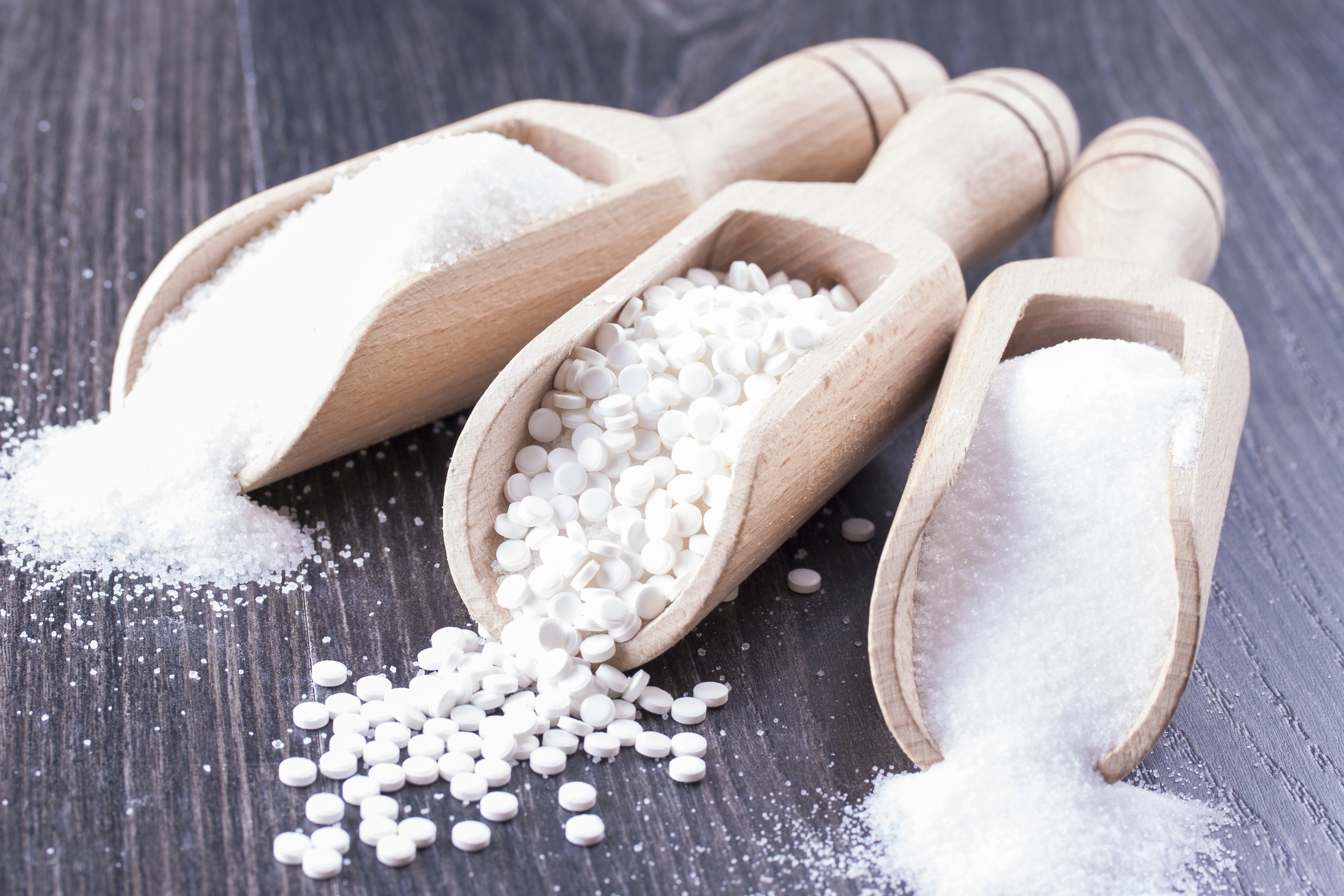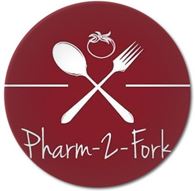
Once upon a time on a chilly Midwestern day in the winter of 1965, an organic chemist by the name of James Schlatter, at the chemical research division of Searle pharmaceuticals, spilled a small flask while working on a chemical bioassay.
The substance dusted his fingertips, which he later absentmindedly licked, discovering a surprisingly sweet taste. Later coined aspartame, this sweet substance was nearly two hundred times sweeter than sugar.
It was a wonderful discovery for the pharmaceutical company Searle, for the future of this substance could be more profitable than any drug they had ever developed. Back then, in the late 1960’s, the market for artificial sweeteners was already growing robust, especially among dieters. Americans were consuming 17 million pounds of saccharin (the first FDA approved artificial sweetener) a year, in snack foods, including canned fruit, and soft drinks like Tab and Diet Pepsi. Saccharin was soon featured on almost every table in America, as we all came to recognize it from its pink packages labeled ‘Sweet n Low.”
Searle pharmaceuticals had dreams of owning the market with their new artificial sweetener, aspartame, and they hoped to share the success that saccharin had enjoyed. However, they soon ran into a small hurdle called the Delaney Clause. This Clause was a provision that congress had enacted in 1958 requiring the FDA to prohibit adding cancer causing substances into food.
There were new methods to test substances, methods that had not been used in the past. As a result, Saccharin, the golden boy of the sugar substitutes, was about to take a fall. The new scientific research methods of the 1960s were demonstrating that laboratory animals were developing bladder cancer with regular saccharin use, and the public began to have a little concern over this.
So naturally (or ‘unnaturally so to speak), Searle understood that if they were going to get aspartame to market, they needed to also test by scientific means, and show that there was no danger of violating the Delaney Clause. Without hesitation, they began funding their own scientific research of their beloved substance aspartame in 1970.
Searle approached Dr. Harry Waisman, a renowned Biochemist and expert in Phenylalanine Toxicity. He discovered that aspartame breaks down into phenylalanine, as well as methanol and aspartic acid. He was certain that these three minor toxins should not be of concern to the public.
However, this research still had to be presented and passed through the FDA. After only 1 year into his study, Dr. Waisman’s trials starting taking a turn for the worse. Five of the 7 infant monkeys that were fed aspartame in their milk had developed grand mal seizures.
One of them even died. Dr. Waisman was unable to compile his study results as he died unexpectedly in a car accident in 1971. No further primate studies were done on aspartame, so Searle submitted the incomplete results for aspartames for FDA approval.
Around the same time, another independent researcher and renowned neuroscientist Dr. Olney, discovered that aspartame caused induced holes in the brains of his test rats. All of these somewhat concerning outcomes, gave the FDA pause, and thus they allowed only limited use of aspartame in 1974. But to Searle, aspartame was their superstar, and would stop short of nothing less than having aspartame accepted as a food additive.
They realized the only answer to getting full FDA approval was to circumvent science, and instead find just the right politician to push it through. Coincidentally, in 1977 Searle found their knight in shining armor, Donald Rumsfeld. He was appointed as the new president of Searle. His job was to convince the FDA for approval to turn aspartame from ‘limited use’ to full-fledged ‘food additive.
As a former Congressman and Chief of Staff for President Ford, Searle had finally found their break. A few years later, in 1981 with the new Regan Presidency, Rumsfeld was then appointed as part of Reagan’s transition team.
With the wave of a political wand, this team handpicked a brand new FDA Commissioner, named Dr. Arthur Hull Hayes Jr. a little known pharmacologist. Immediately following, Searle soon reapplied for aspartame’s approval. When Dr. Hayes’ scientific commissions vote did not vote approvingly of aspartame as being accepted as a full-fledged food additive, Dr.
Hull Hayes, did some quick math and realized he could break the 3 to 2 vote by creating another seat on the commission. Soon after, with the addition of the newly appointed member, the vote had changed to 3 to 3. Dr. Hayes, realizing this was still only a tie, did some quick math and decided to cast a vote himself, breaking the tie, resulting in the FDA approval for use of aspartame. Aspartame, for which Searle had sunk tens of millions of dollars in trying to get to market, now began reaping its harvest.
It’s commercial name as we all know it, goes by ‘NutraSweet’. Coincidentally, NutraSweet was later purchased by Monsanto in 1985, with profits in the billions. A fairy tale ending for Rumsfeld and his friends at Searle, and an ending that remains bleak for the rest of us. Millions of American consumers are still not aware of the severe damage this chemical can have on the body.
Not only does it have the potential to cause damage to the brain, but the nervous system can be compromised in a myriad of ways. Animal studies demonstrate it causes necrosis of brain tissue, and the possibility of aspartame as a toxin to the human brain and nervous system is a very real possibility.
The 1980’s saw a 10 percent increase in brain tumors that could not be explained by improved diagnostic methods. Dr. Olney points out that there is a very promising correlation between the approval and widespread use of aspartame in foods, and the increase rate of brain tumors
. As we strive to find cures for neurodegenerative illnesses, such as ALS which involves the brain and its extension of peripheral nerves, we may want to consider looking at the very first step in treatment, the possibility of prevention. By avoiding aspartame and other nerve cell toxins, we can change the ending that was set up for us by the story above. So if you’re thinking about taking the ice bucket challenge in support of ALS research, why not fill your bucket with diet soda and dump that instead of water.Aspartame




No Comments